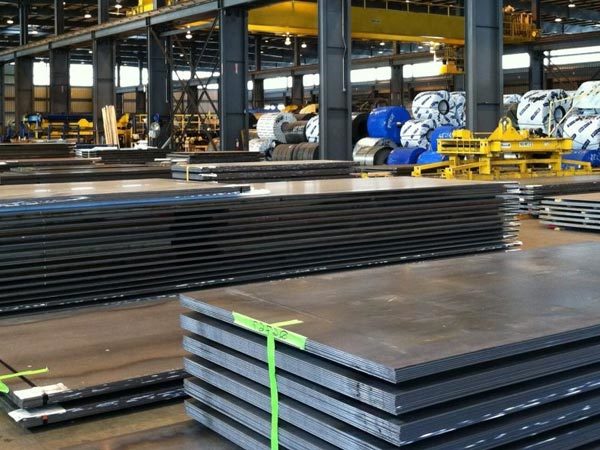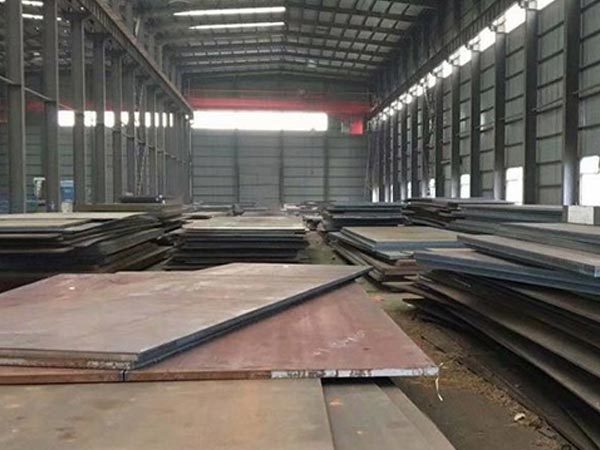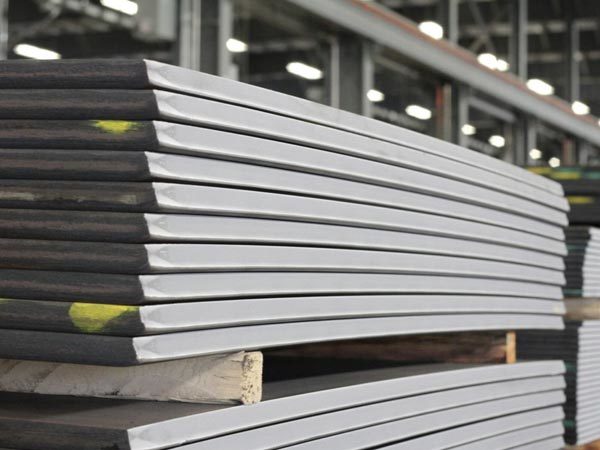Steel plate production process
Time:
Aug 14,2024
The production process of steel plates includes various processing methods such as rolling and casting, and the addition of alloying elements to improve the properties of steel.
The production process of steel plates involves multiple steps, including rolling, casting, drawing and other processing methods, as well as the addition of alloying elements to improve the structure and properties of steel.
The production of steel plates is first carried out by rolling, which is a pressure processing method that passes the metal billet through the gap between a pair of rotating rollers to reduce the cross-section of the material and increase its length. Rolling can be divided into cold rolling and hot rolling. This method is mainly used to produce profiles, plates, pipes, etc.
In addition to rolling, casting is also an important processing method, which uses the reciprocating impact force of the forging hammer or the pressure of the press to change the billet into the desired shape and size. Casting is generally divided into free forging and die forging, and is often used to produce large-scale materials, billets and other materials with large cross-sectional dimensions.
In the production process of steel plates, the addition of alloying elements is also involved. By adding alloying elements to steel, the structure and properties of steel can be improved. The interaction between alloying elements and iron and carbon, as well as their influence on the iron-carbon phase diagram and the heat treatment of steel, optimizes the performance of steel. Alloying elements can be dissolved in iron to form alloy ferrite or alloy austenite, or form carbides with carbon, thereby affecting the mechanical properties and corrosion resistance of steel.
In summary, the production process of steel plates includes a variety of processing methods such as rolling and casting, and the performance of steel is improved by the addition of alloying elements. These steps work together to eventually produce steel plates that meet specific performance requirements.








